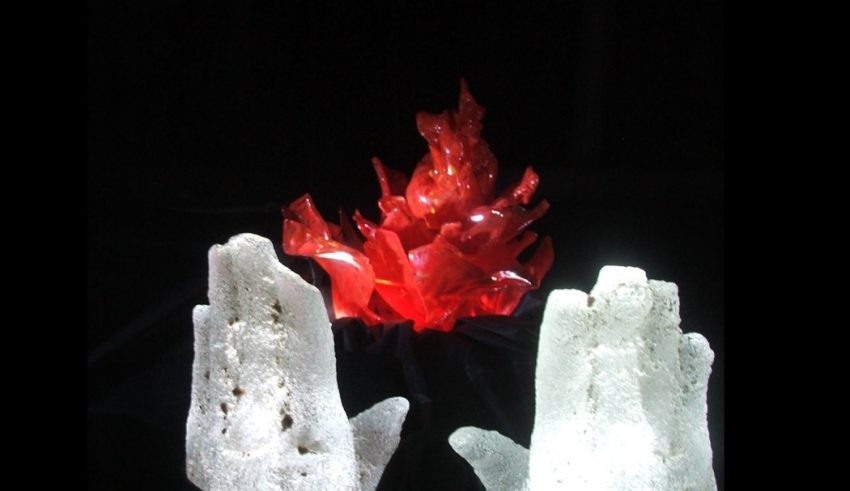
A second example of rouge leadership comes from a quite different source. Before his death, John Lennon often told a story about the police who were protecting John and other members of the Beatles at a concert in Los Angeles. The crowd became very excited during the concert and began to storm the stage located in the middle of a baseball field. The police began clubbing members of the crowd and serious injury was eminent, as members of the crowd became more agitated. The police grew more anxious about their own safety, as well as the safety of the Beatles.
As a rogue leader, John Lennon suddenly stopped the concert and calmly told the police that “these people will not harm us, so please don’t harm them.” The crowd and police immediately ceased their confrontation, everyone quieted down, and the Beatles completed their concert with no further incidents. This exemplified, as did the actions of the Senior Vice President and his vice-presidential subordinate, the intrusion of courage or optimism into a complex and highly charged event. This one action by John Lennon dramatically changed the emotions and behaviors of all people who were involved in the concert.
Conclusions
Using an analogy that a Chinese colleague of mine recently offered, the rogue leader is a butterfly. This type of leader knows that she has a limited time to live or be credible. She must constantly change and shift directions with the wind. The butterfly is not protected in the cocoon, as is the traditional leader, nor does the butterfly leader do the mundane and safe managerial work of the modern leader, as represented in the labors of the silkworm. The butterfly is not always valued for its product as is the silkworm, nor does it have the potential of the cocoon. The butterfly leader is a real person rather than a mythic possibility. The butterfly leader must find purpose and value in subtle ways. The rogue leader must leap out into the world without certitude or even immediate credibility.
Tomas, the protagonist in Kundera’s The Unbearable Lightness of Being, deeply loves Tereza. Yet, he also knows that Tereza loves him by chance and could just as easily have fallen in love with someone else. Like Tomas, we must find meaning and purpose in the seemingly random and chance events that propel us into positions of rouge leadership, or that place the people for whom we work into positions of rouge leadership. Rogue leaders must be clear about personal and institutional mission and purpose, while fluttering in a turbulent environment. Only in this way, can they not only be successful as leaders in 21st Century organizations, but also find satisfaction in this highly demanding role.
__________
i John Heider,The Tao of Leadership (1985, p.57)
ii Peter Drucker. The New Realities. New Realities. New York: HarperCollins, 1989, p. 207.
iii Peter Drucker. The New Realities. New Realities. New York: HarperCollins, 1989, p. 214.
iv Robert Hochheiser. How to Work for a Jerk. New York: Random House, 1987, p. 1.
v A. Colman and W. H. Bexton. (eds.) Group Relations Reader. Anchorage, Ky: Grex Press, 1975.
vi Chris Argyris and Donald Schon, Theory in Practice. San Francisco: Jossey-Bass, 1974; Chris Argyris, Reasoning, Learning and Action. San Francisco: Jossey-Bass, 1982.Chris Argyris and Donald Schon,Organizational Learning. Reading, Mass.: Addison-Wesley, 1978; Peter Senge. The Fifth Discipline. New York: Doubleday, 1990.
vii Gregory Bateson. Mind and Nature: A Necessary Unity. New York: Dutton, 1979.
viiiPeter Senge. The Fifth Discipline. New York: Doubleday, 1990.
ixPeter Senge. The Fifth Discipline. New York: Doubleday, 1990, p. 63.
x As reported by Peter Senge. The Fifth Discipline. New York: Doubleday, 1990, pp. 64-5.








